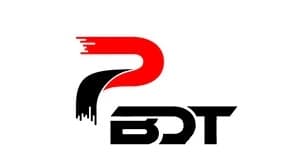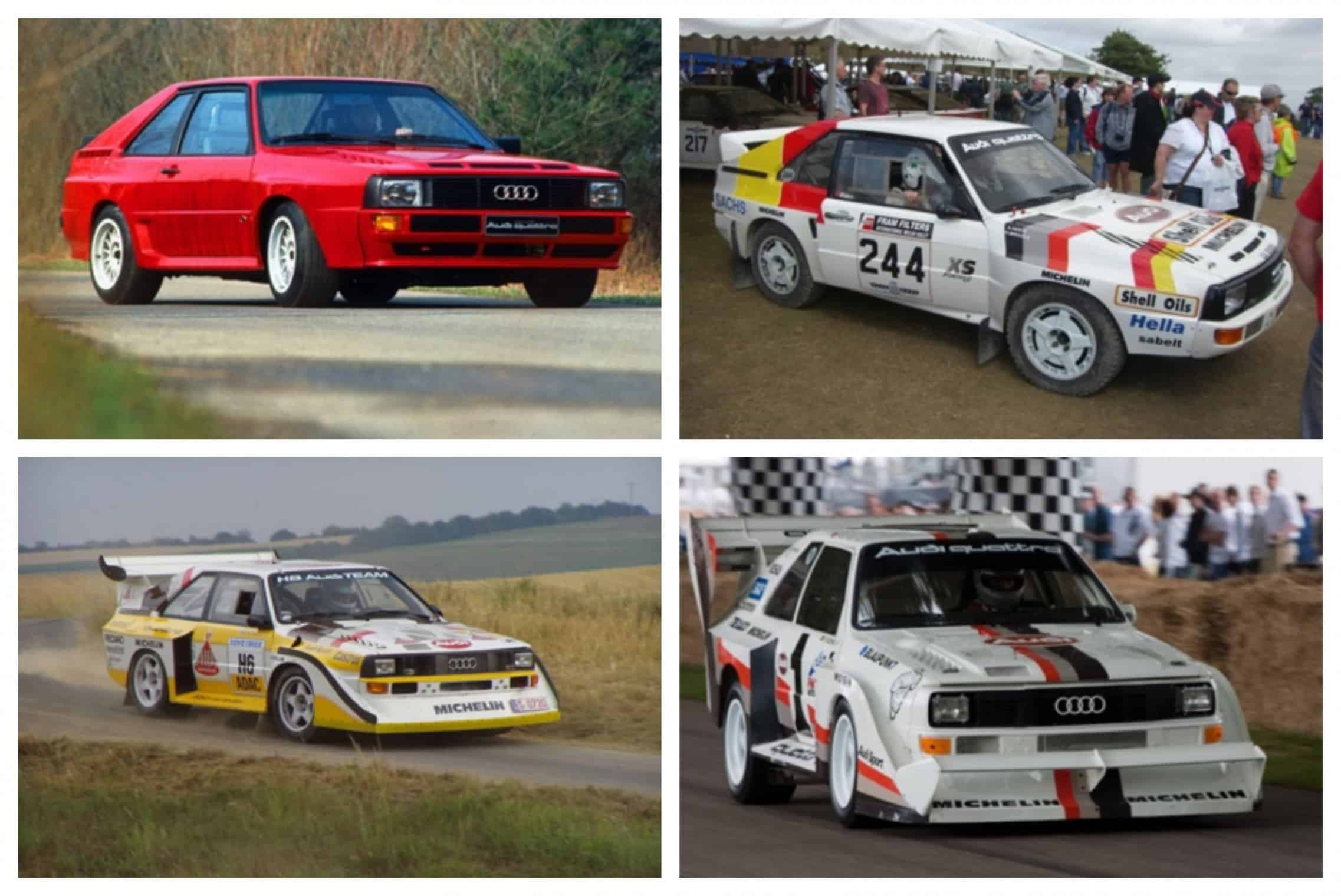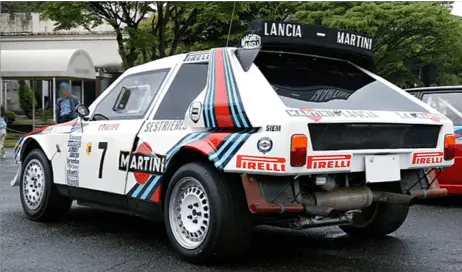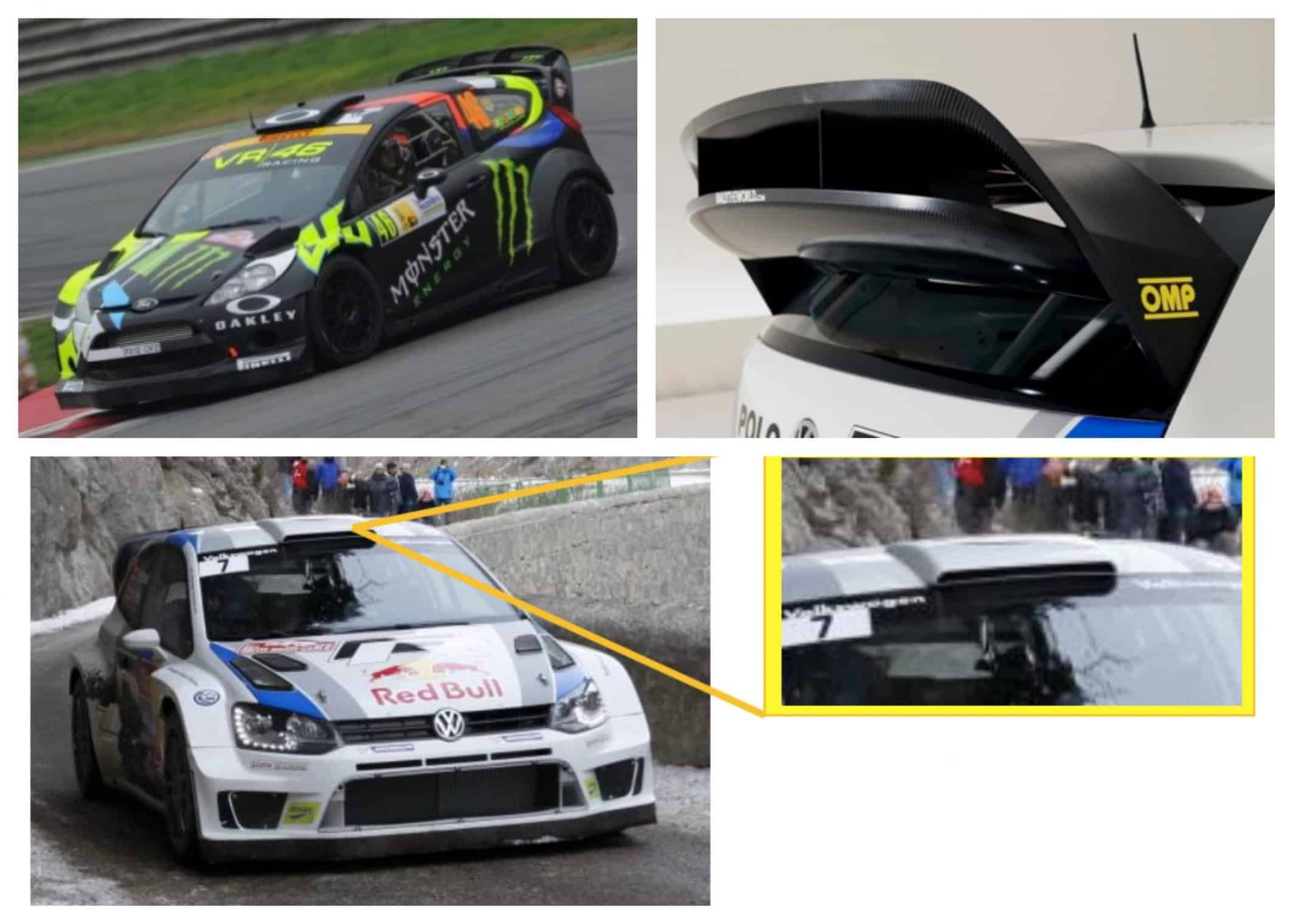4 best rally cars: technical evolution in WRC
Aerotech evolution of the best rally cars
Best rally cars of 70’s-80’s.
In the world of rallies, technical regulations have always existed, but they only concerned the mechanics of the cars and not the aerodynamics, since until the beginning of the 1980s, models taken directly from the series production of the automotive market were used. In truth, a further reason was also due to the relatively low speeds that were achieved in the various tests and which did not justify studies, developments and costs on fluid dynamics without real advantages. Only in the mid-70s some cars were born with a small spoiler on the front and on the rear hood, more to underline the sportiness of the vehicle than for greater aerodynamic efficiency.
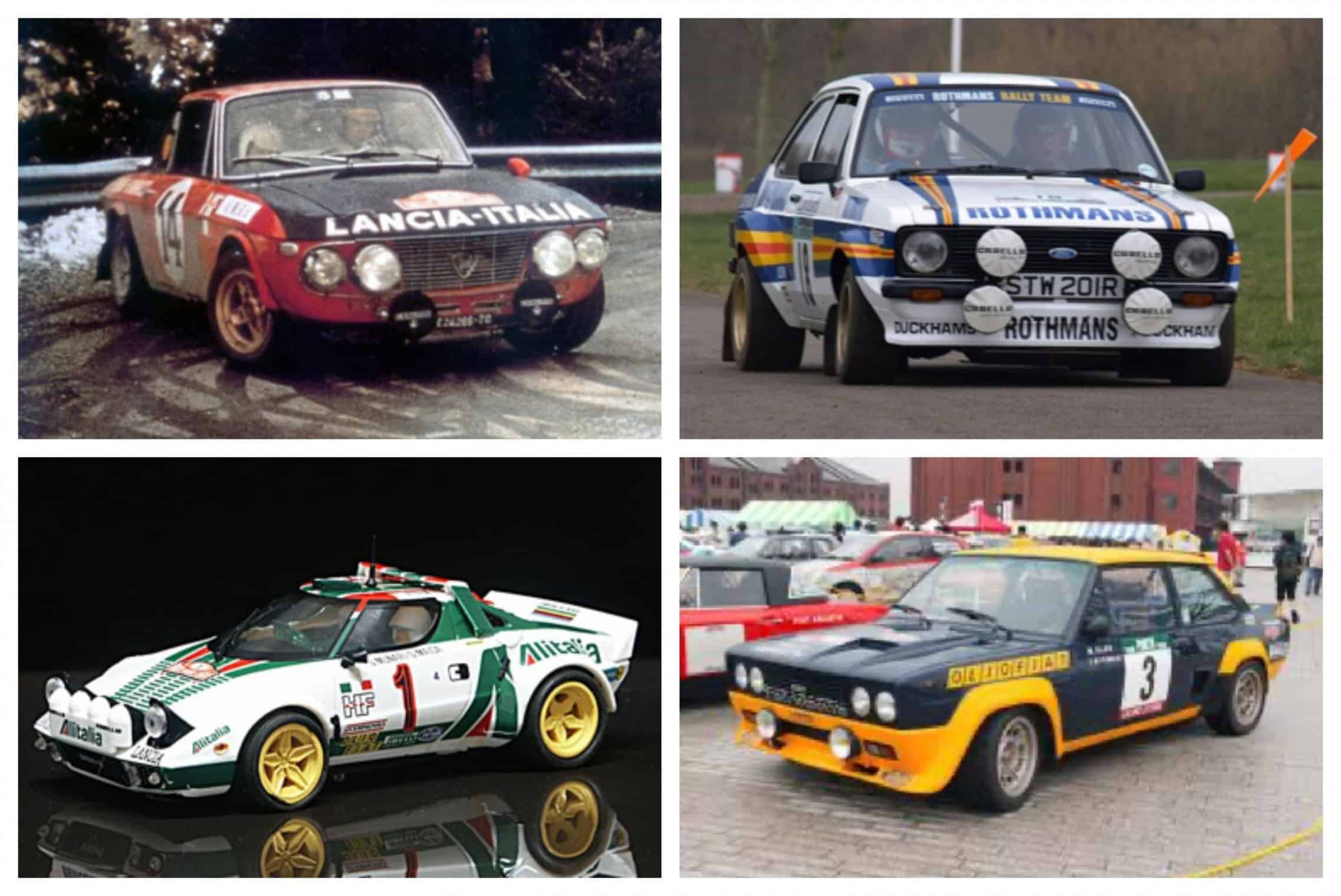
TOP: On the left Munari’s Lancia Fulvia HF at the Rally di Montacarlo ’72 and on the right the Blomqvist Ford Escort 1800 at the RAC ’77. BOTTOM: The Fiat 131 abarth and the Lancia Stratos from the late ’70s.
Lancia Fulvia, Lancia Stratos and Ford Escort.
In fact, at that time the cars engaged in the major categories of the World Rally Championship WRC, that is Group 2 and Group 4, had to be produced in at least 400 road specimens, and for this reason models already in production were used (such as Ford Escort, Fiat 124 Spider, Fiat 131 Abarth, Lancia Stratos), which had some spoilers and above all widened tracks, and mainly had rear-wheel drive and engine power of about 200/250 horsepower.
The introduction of 4WD cars.
Just the increase in power, and therefore the need to overcome the technical limit of the difficulty of unloading the many horses, especially on poor adhesion funds, and the fact of increasing the show and innovation, pushes the championship federation to authorize to leave since 1979, the use of four-wheel drive cars in rally WRC, convinced among other things that the benefits due to greater traction would have been nullified by the greater weight and complexity of the “integral” solution.
Best rally cars: the new born Group B.
Thus was born the new category of Group B racing cars which, subject to approval with 200 cars produced and the capacity and weight limits, allows a great freedom in terms of technical and aerodynamic solutions (and only an additional 20 cars each new evolution step). The category was tailor-made for large car manufacturers who, without having to bear the burdens of industrialization and mass production, had a category at their disposal to freely experiment with new technical discoveries and to compete for absolute victory.
Best rally cars: Audi Quattro.
This new regulation in the world of rallies allows us to conceive extremely performing and spectacular cars, but does not take into account the rapid development which in a short time makes them the most powerful and most sophisticated ever built. In a couple of years, powers of over 500 horses could have been reached, which combined with four-wheel drive and huge aerodynamic appendages to keep them “glued” to the ground, make the cars impressive “monsters” that dart a few steps from the public and always on roads less suitable to contain its exuberance.
The fatal accident of the 4WD: Lancia Delta.
In fact, due to the numerous accidents that caused victims also in the public, after the death of the Toivonen – Cresto crew on the Lancia Delta S4 in the 1986 Tour de Corse, the FIA decided to delete this category after only four seasons. See the images of Lancia delta crash (Toivonen) in Youtube.
The technical evolution of Rally WRC in modern era.
From the following season the regulations completely changed, which obliged the cars to be homologated for racing to higher production volumes and which limit the engine power, the track widths and the variations compared to the road model. The evolution of aerodynamics, however, continued with increasing research in all directions, from flows around the bodywork to those for stability, from those for cooling the engine and brakes to those for airing the passenger compartment.
